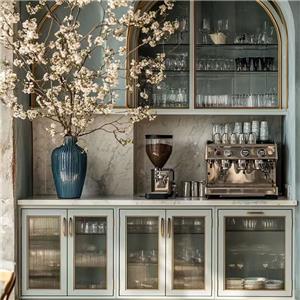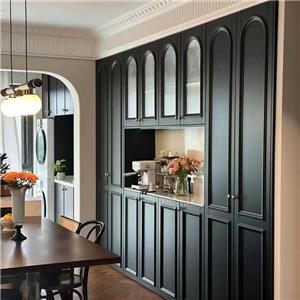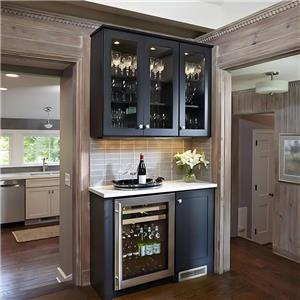What wine can I store in my home bar cabinet?
Home bar cabinets are not only part of home decoration, but also an important place to store and display various types of wine. Whether you are a senior wine lover or a novice who has just started collecting wine, knowing how to choose and store different types of wine in the home bar cabinet is something worth serious consideration. Different wines have different storage requirements and matching methods. Reasonable selection and arrangement can not only enhance the drinking experience, but also extend the shelf life of the wine.
This article will discuss in detail what types of wine can be stored in the home bar cabinet, and how to reasonably arrange your wine collection according to different needs.

1. Red Wine
Types and selection of red wine
Red wine is one of the must-have wines in many people's bar cabinets. It is loved for its rich flavor and wide range of food pairing. Common red wines include Cabernet Sauvignon, Merlot, Pinot Noir, Syrah and Sangiovese. Different types of red wine have unique tastes and flavors. You can choose the right wine according to your personal preferences and drinking occasions.
Storage conditions of red wine
The storage temperature of red wine is very important and should usually be kept between 12-18 degrees Celsius. For home bar cabinets, if there is no special constant temperature equipment, the red wine can be placed in a cool place in the cabinet, away from heat sources and direct sunlight. In addition, the red wine bottle should be placed horizontally to keep the cork moist and prevent air from entering the bottle, thereby extending the shelf life of the red wine.
Storage time of red wine
The storage time of red wine depends on the type and quality of the wine. Generally speaking, young red wine is suitable for drinking within 2-5 years, while high-quality aged red wine can be stored for 10 years or even longer. For home bar cabinets, reasonable rotation and replenishment can be carried out according to the drinking plan and the shelf life of the wine.
2. White Wine
Types and selection of white wine
Compared with red wine, white wine has a fresher and more refreshing taste and is often used with fish, seafood and white meat. Common types of liquor include Chardonnay, Sauvignon Blanc, Riesling, Pinot Grigio, etc. Each liquor has its own unique acidity, sweetness and aroma, and you can choose the right one according to your personal taste.
Storage conditions for liquor
The optimal storage temperature for liquor is usually between 7-13 degrees Celsius. Since liquor does not need to be placed horizontally like red wine, it can be stored vertically in a home bar cabinet. Liquor should be kept away from direct sunlight and temperature fluctuations to maintain the stability of its flavor.
Storage time of liquor
Liquor is generally not suitable for long-term storage in home bar cabinets, and many liquors taste best when consumed within 2-3 years after brewing. Some liquors with high acidity and sweetness, such as Riesling and sweet liquors, may develop more complex flavors over time and are suitable for medium-term storage. For home bar cabinets, it is recommended to update the inventory of liquor in a timely manner according to the frequency of drinking.
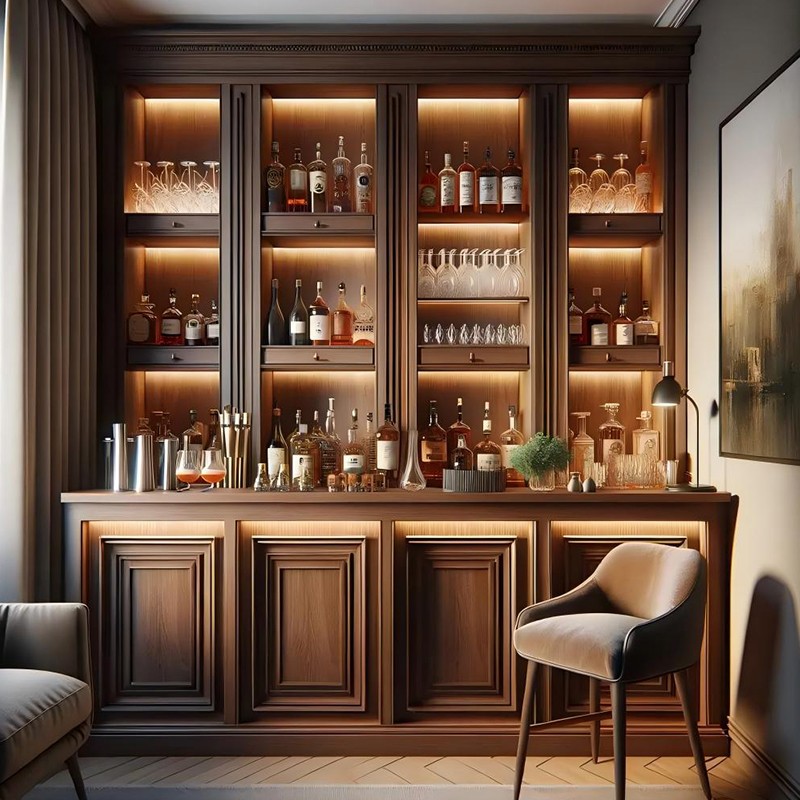
3. Sparkling Wine
Sparkling wine is a popular choice for celebrations because of its rich bubbles and refreshing taste. The most famous sparkling wine is Champagne, but there are also Cava, Prosecco and Sparkling Rosé. Each sparkling wine has slightly different bubble strength and taste, and you can choose according to the occasion and personal preference.
Storage conditions for sparkling wine
Sparkling wine should be stored at a temperature between 4-7 degrees Celsius, which is the lowest storage temperature of all wines. If there is a dedicated refrigeration area in the home bar cabinet, sparkling wine can be stored on a lower shelf to maintain a suitable temperature. Similar to white wine, sparkling wine is usually stored vertically and does not need to be placed horizontally.
Storage time of sparkling wine
Sparkling wine is usually suitable for drinking as soon as possible. Champagne and high-quality sparkling wine can be stored for 3-5 years, but most sparkling wines taste best when consumed within 1-2 years after brewing. For home bar cabinets, you can update the stock of sparkling wine in time according to the plans for parties and celebrations.
4. Whiskey
Whiskey types and selection
Whiskey is a classic choice in bar cabinets, suitable for drinking neat or with various cocktails. Common types of whiskey include Scotch Whisky, Irish Whiskey, Bourbon Whisky and Canadian Whisky. Each whiskey has a unique flavor, body and aging method, suitable for different drinking occasions and tastes.
Storage conditions of whiskey
Whiskey is relatively simple to store and does not require strict temperature control like wine. It can be stored at room temperature in a home bar cabinet, but avoid direct sunlight and drastic temperature changes. Whiskey bottles should be stored vertically to prevent alcohol from eroding the cork and causing the wine to deteriorate.
Storage time of whiskey
Whiskey can be stored for a long time after opening. Generally speaking, the flavor of whiskey after opening will not change significantly within a few years. Unopened whiskey can be stored for decades or even longer. In the home bar cabinet, you can store whiskeys of different years and types according to your personal preferences, which is suitable for slow tasting and collection.
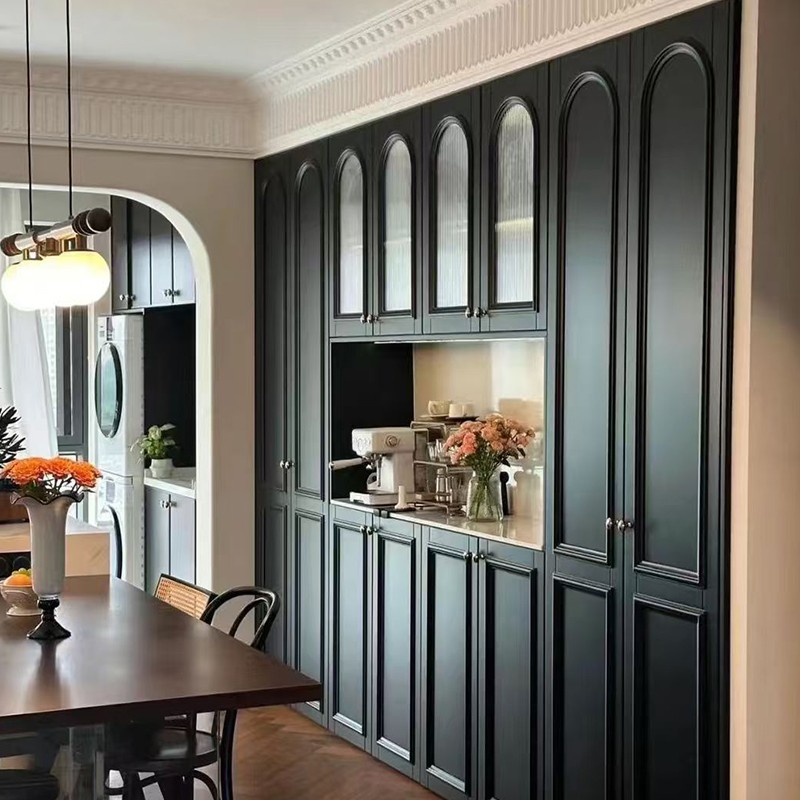
5. Vodka
Vodka types and selection
Vodka is known for its clear and pure taste and is one of the basic wines for cocktails. There are many flavors of vodka on the market, such as original vodka, vanilla vodka, spicy vodka, etc. When choosing vodka, you can choose the appropriate variety according to your favorite cocktail type and personal taste.
Storage conditions of vodka
Vodka is very simple to store and does not require strict temperature control. It can be stored at room temperature in the home bar cabinet. If you like iced vodka, you can put it in the freezer, because vodka has a high alcohol content and will not freeze even at low temperatures. For the home bar cabinet, vodka can be placed in an easy-to-access location to meet the needs of cocktails at any time.
Storage time of vodka
Vodka has a very long shelf life and can maintain its original flavor for many years after opening the bottle. Since vodka has a relatively simple ingredient and is not easy to deteriorate, it is very suitable for long-term storage. Different brands and flavors of vodka can be stored in the home bar cabinet for use in cocktails or neat drinking.
6. Gin
Types and selection of gin
Gin is known for its unique juniper aroma and botanical flavor. It is suitable for pairing with tonic water or for mixing classic cocktails such as Martini and Negroni. There are many flavors of gin on the market, such as classic London Dry Gin, Old Tom Gin and modern botanical gin.
Storage conditions of gin
The storage conditions of gin are similar to those of vodka. It can be stored at room temperature. Since gin has a high alcohol content, there is no need to worry about the deterioration of the liquor when storing it. In the home bar cabinet, gin can be placed together with other bartending accessories for easy use when mixing cocktails.
Storage time of gin
Gin can be stored for many years after opening the bottle, and the flavor will not change much. Unopened gin can be stored for a longer time and can be stored almost indefinitely. You can store several bottles of gin with different flavors in your home bar cabinet according to your preferences to meet your cocktail needs at any time.
7. Liqueur
Types and selection of liqueurs
Liqueurs are a type of sweet wine based on spirits with various spices, herbs, sugars or juices added. There are many types of this type of wine, such as the common Baileys, Cointreau, Vanilla Liqueur, Amaretto, etc. Liqueurs can not only be drunk independently, but are also often used to make sweet cocktails.
Storage conditions of liqueurs
Liqueurs can generally be stored at room temperature in a home bar cabinet, but avoid direct sunlight and high temperatures. Most liqueurs have a low alcohol content, and long-term storage may affect the flavor, so it is best to drink it up quickly after opening the bottle. If there are different types of liqueurs in the home bar cabinet, you can arrange them reasonably according to the storage requirements of the wine.
Storage time of liqueurs
The storage time of liqueurs is usually not as long as that of spirits. It is generally recommended to drink it within 1-2 years after opening the bottle. Unopened liqueurs can be stored in the home bar cabinet for a long time, but the flavor may also change over time. In the home bar cabinet, the inventory of liqueurs can be updated regularly according to the frequency of drinking.
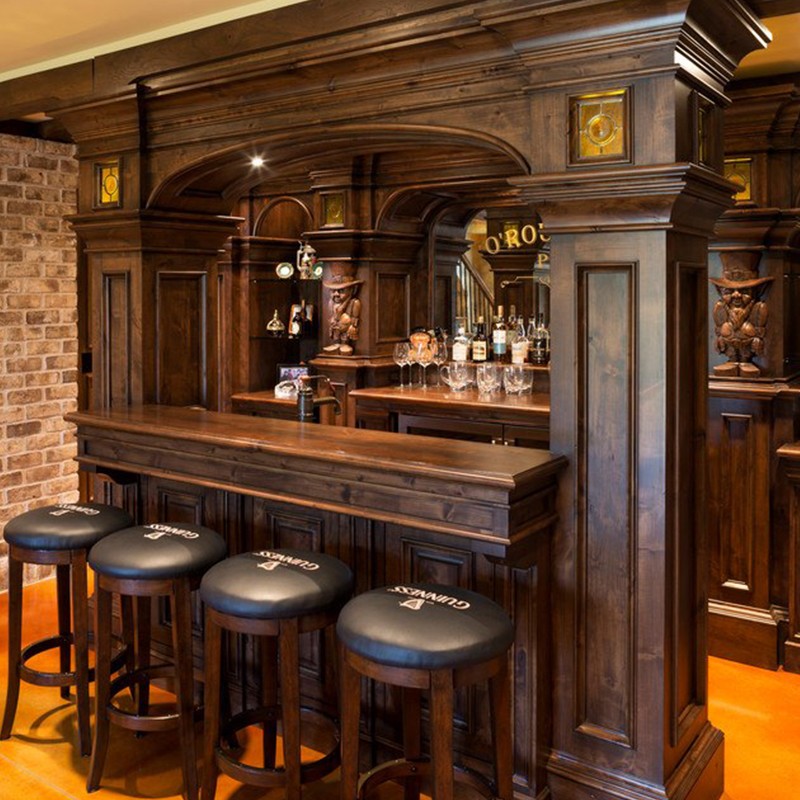
8. Dessert Wine
Types and selection of dessert wines
Dessert wine is a sweet-flavored wine that is often drunk after a meal. Common dessert wines include Sauternes, Ice Wine, Madeira, and Demi-Sec Champagne. Dessert wine is not only rich in flavor, but can also be paired with desserts, cheese, etc. to enhance the dining experience.
Storage conditions for sweet wine
The storage conditions for sweet wine are similar to those for other wines, and it can be stored at room temperature. Because sweet wine has a high alcohol content, it is relatively stable and not easy to deteriorate. For home bar cabinets, sweet wine can be stored together with other wines, especially when it is suitable for enjoying with desserts.
Storage time of sweet wine
Sweet wine can usually be stored for a long time, and the flavor of unopened sweet wine is stable during storage. It is recommended to drink sweet wine within 1-2 years after opening to maintain its best flavor. In the home bar cabinet, check the storage status of sweet wine in time to ensure its quality.
How to arrange the wine in the home bar cabinet reasonably?
Planning layout
The wine can be reasonably arranged in the home bar cabinet, and it can be divided according to the type and purpose of the wine. For example, store red wine and white wine in different areas of the home bar cabinet, and store spirits, liqueurs and sweet wine separately. According to the storage conditions and frequency of use of the wine, arrange the appropriate location to make it more convenient to use.
Consider the frequency of use
Frequently used wines can be placed in an easily accessible location, such as the upper layer or front row of the home bar cabinet; while infrequently used wines can be stored in a more hidden location or lower layer. In addition, some commonly used bartending tools and accessories can be placed in front of the home bar cabinet for quick and easy use.
Keep it clean
The interior of the home bar cabinet needs to be kept clean to avoid the influence of dust and dirt on the wine. Check the storage status of the wine regularly and clean the interior of the home bar cabinet to keep the wine in the best condition. Especially for wines that are stored for a long time, check their bottle caps and labels regularly to ensure that there is no leakage or deterioration.
Personalized decoration
In the layout of the home bar cabinet, some personalized decorative elements can be added, such as wine racks, wine glass racks or decorative lamps, to make the bar cabinet more beautiful and unique. According to personal taste and home style, choose suitable decorations to enhance the overall atmosphere of the home bar cabinet.

